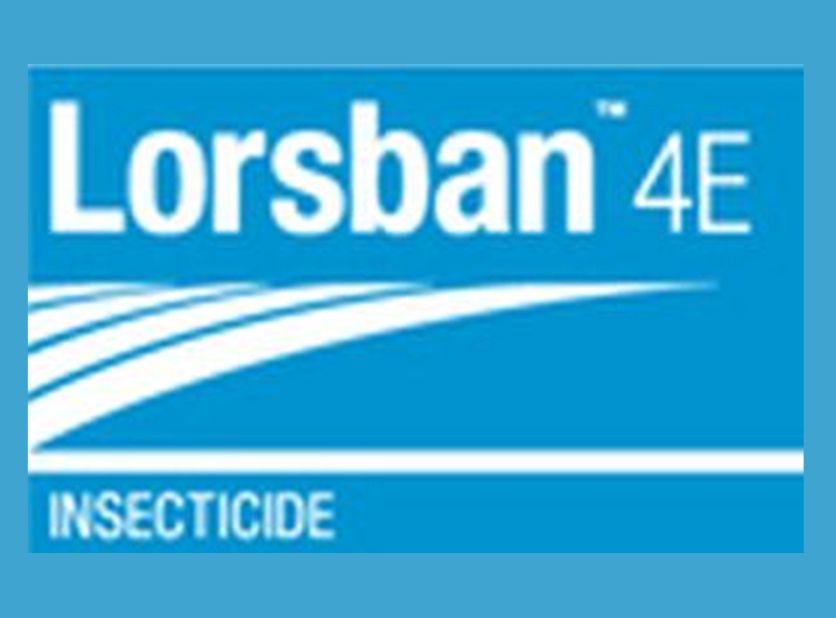The California Department of Pesticide Regulation should list chlorpyrifos as a toxic air contaminant (TAC), a state scientific panel has recommended following review of a comprehensive risk assessment of the widely used insecticide.
California DPR now has 10 working days to begin the process to formally designate chlorpyrifos (trade name: Lorsban) as a TAC. The nine scientists on the Scientific Review Panel (SRP) agreed unanimously with the recommendation.
“We’re glad that the state has finally accepted the overwhelming consensus of federal and independent scientists who’ve studied chlorpyrifos for years and determined that it harms kids’ brains severely and irreversibly,” Mark Weller, co-director of the statewide coalition Californians for Pesticide Reform, said in a news release.
The SRP found that DPR had "convincingly demonstrated" that data on chlorpyrifos exposure through inhalation and dermal exposure are enough to qualify it as a toxic air contaminant, even when not considering the "significant contributions" to the total body burden of chlorpyrifos.
In March 2017, EPA was on the way to banning food tolerances for the insecticide when then-EPA Administrator Scott Pruitt stepped in and reversed course, allowing the chemical to continue to be used while the agency evaluates it for re-registration. Its current registration expires Oct. 1, 2022.
Interested in more news about the farm bill, trade issues, pesticide regulations and more hot topics?
Sign up here for a four-week Agri-Pulse free trial. No risk and no obligation to pay.
Corteva Agriscience, manufacturer of chlorpyrifos, said it could not comment on the California action because the company is working on a quarterly earnings report. But Dow AgroSciences – the manufacturer before the Dow-DuPont merger – has said the chemical is not harmful if used according to the label.
"Extensive studies show that current uses of chlorpyrifos meet the U.S. regulatory standard of a reasonable certainty of no harm for humans, including children,” Dow has said.
DPR spokesperson Charlotte Fadipe said that the SRP action “clears the way for DPR to develop additional restrictions on its uses after liaising with other organizations (such as the California Air Resources Board and local air pollution control districts). DPR can investigate the need to further reduce exposure levels in order to protect human health.”
Fadipe said a 45-day public comment period likely will open in September, with a hearing anticipated in October.
For more news, go to www.Agri-Pulse.com


